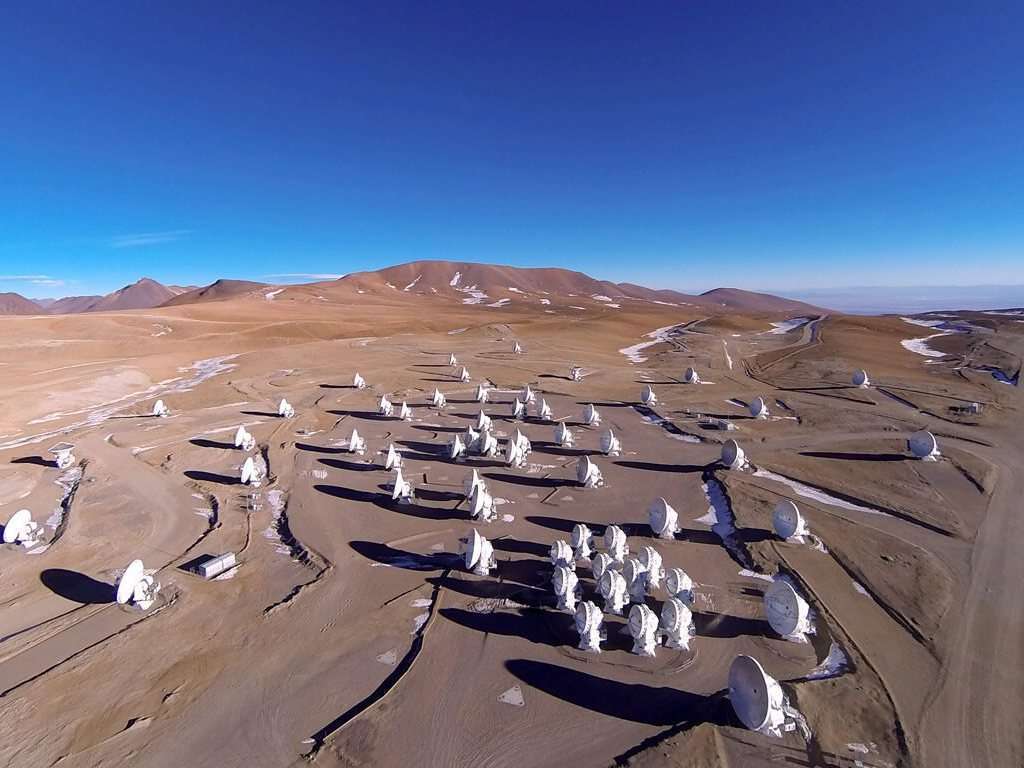Very Long Baseline Interferometry
Today, many radio telescopes from all over the world and even space-based antennas are used through aperture synthesis to create images with angular resolutions far greater than what is possible with any single large telescope, radio or optical.

Light from optical telescopes can be combined in order to produce interference through the principle of superposition, the resulting pattern depending on the phase differences between the light sources. The following graphic shows a typical setup using two optical telescopes
Unlike optical telescope interferometry, in VLMI (very-long-baseline interferometry), data is collected from detectors in each of the radio telescopes and combined in a "correlator," a job now usually done by computers, to produce an image.
If it were possible to detect and record directly both the amplitude and phase of light, a complicated system of optics to combine light signals from different optical telescopes wouldn't be necessary. The problem is, it's not possible to directly measure the phase of light, one can only measure the intensity of light.
How are astronomers able to get around this limitation using radio telescopes in their very-long-baseline interferometry work?
This section requires Javascript.
You are seeing this because something didn't load right. We suggest you, (a) try
refreshing the page, (b) enabling javascript if it is disabled on your browser and,
finally, (c)
loading the
non-javascript version of this page
. We're sorry about the hassle.
It's possible to infer the correlation of coherence between two EM signals, including light and radio waves, with just intensity measurements alone.
See Hanbury Brown and Twiss effect
This makes data-based radio telescope interferometry feasible, although numerous further refinements were needed in order to deliver superior images that were theoretically possible.
The van Citter-Zernike Theorem is a critical factor in making radio telescope interferometry possible at all, but it does not suggest a means of getting around the limitation of not being able to directly measure the phase of an EM signal.